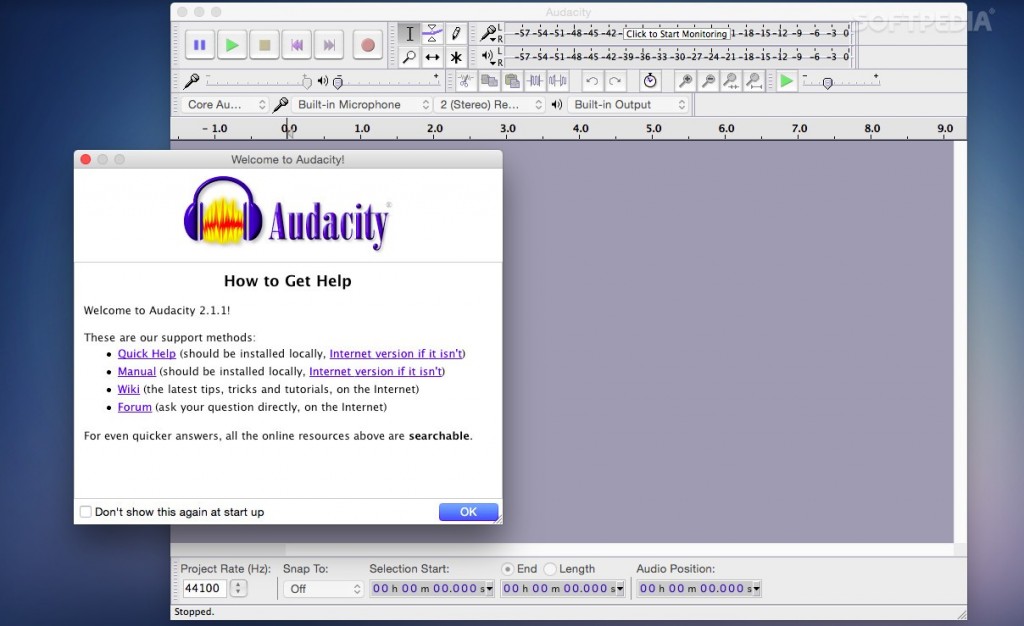

Until 1987, with the release of the Macintosh II, the Mac platform only supported two colors: black and white, with no shades of gray in between. To run an application, you often remove the system drive, insert another drive and run a program, then remove that drive and reinsert the system drive, depending on the task you were trying to perform. Compare that to macOS 11, which is more than 14,000,000 KB (14 GB) when installed.Ī Macintosh hard drive wouldn’t come until late 1985, so using applications involved a lot of floppy disk swaps. As a result, Apple has reduced the operating system to a package of just 216 KB, which includes a 42 KB Finder. That means System 1.0 had to run well under lean conditions and fit on a single 400KB floppy disk. The original Macintosh came with only 128 kilobytes of RAM and a single-sided 3.5-inch double-density floppy disk drive.

RELATED: What are teletypes and why were they used with computers? The 200 KB Mac Operating System This was a huge contrast to other computer systems where people had to memorize special commands and syntax typed into a command prompt to use their machines. Double clicking on a document or application icon opened it – just point and click. This was like putting pieces of paper in a folder on a real desk surface. It featured a virtual “desktop” surface as the furthest background layer behind application windows.Īs with the current Mac, System 1.0 represented files and programs as graphical icons that could be spatially placed on a two-dimensional plane on the desktop or in folders. Macintosh System 1.0 used the desktop metaphor developed at Xerox PARC (and previously used on the Apple Lisa) as a conceptual model for working with files and applications. RELATED: 35 years of Microsoft Windows: remember Windows 1.0 Despite this, the Mac stood out most for its innovative operating system, which also inspired how Windows works. It also pushed the state of the art in user interfaces with a full bitmap display and proportional font support.Īt the time of launch, the IBM PC was not even three years old, but Apple was on the defensive and running to catch up on its market share, as IBM’s PC had already been hailed as the new industry standard for business-class PCs. It first brought the graphical user interface (GUI) concept to the masses and promised a very user-friendly experience compared to most computers on the market.

Released in 1984, the Apple Macintosh radically changed the course of personal computer history. We take you on a short tour of this historic operating system. Despite being nearly four decades old, many of the features are similar to current macOS. On January 14, 1984, Apple released the first version of its Macintosh operating system, System 1.0.


 0 kommentar(er)
0 kommentar(er)
